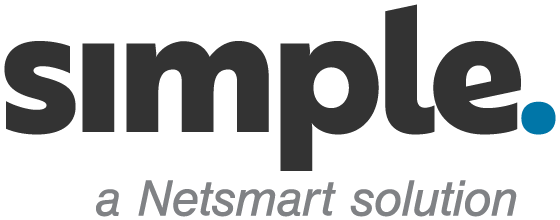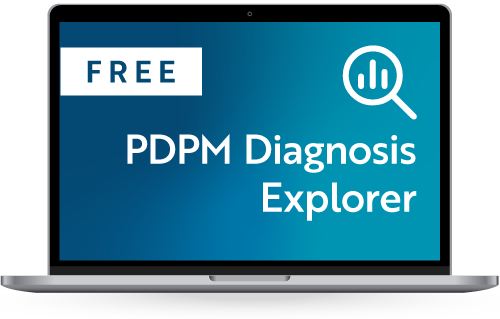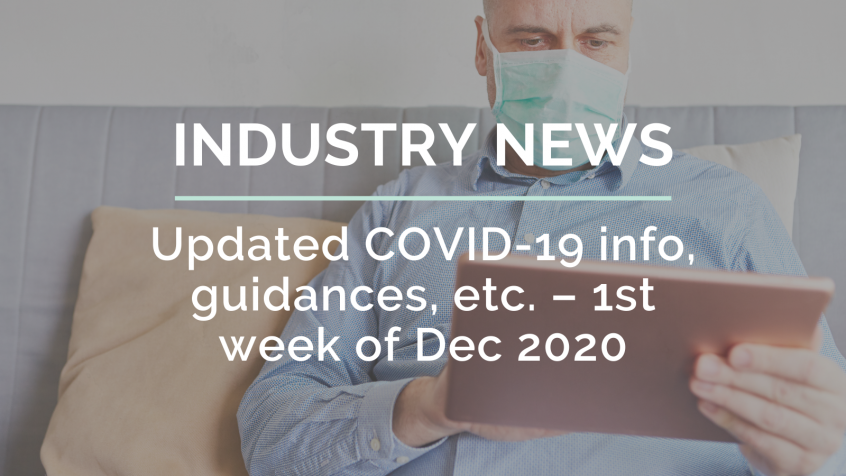- COVID-19 Emergency Declaration Blanket Waivers for Health Care Providers was updated December 1, 2020. This 42-page document has some red notes within the document, denoting updates. These include:
- Page 10 … Postponement of Application Deadline to the Medicare Geographic Classification Review Board
- Page 15 … Termination of PBJ Waiver in late June 2020
- Page 31 … Ambulance Services: Medicare Ground Ambulance Data Collection System
- COVID-19 Frequently Asked Questions (FAQs) on Medicare Fee-for-Service (FFS) Billing was updated December 3, 2020. This is now a 159-page document.
- Pages 120 -> 128 … BB. Drugs & Vaccines under Part B … Numerous questions and answers on each of these pages
- Pages 158 & 159 … QQ. Indian Health Service (IHS) Hospitals … 4 new questions and answers on these pages
- QSO-20-24-ASC, originally posted April 3, 2020, was revised and posted November 25, 2020. This QSO, entitled Guidance for Processing Attestation Statements from Ambulatory Surgical Centers (ASCs) Temporarily Enrolling as Hospitals during the COVID-19 Public Health Emergency, shows this revision on page 3 of 6:
As COVID-19 cases continue to surge, CMS remains committed to adapting program requirements to expand capacity and to treat patients during the PHE. For ASCs enrolling as hospitals during the PHE as part of the Hospitals Without Walls Program: CMS is waiving the particular requirement at 42 CFR §482.23(b)(1), which requires the hospital to have a licensed practical nurse or registered nurse on duty at all times. This waiver will only require ASCs enrolled as hospitals to provide 24-hour nursing services when there is a patient in the facility. This flexibility will allow ASCs enrolled as hospitals to provide nursing services on demand with a 24-7 on call service in the event a surgeon requests to admit a patient for a required surgical procedure. Waiver authority applies only to Federal requirements and does not supersede State requirements for licensure.
There’s also red verbiage within the Ambulatory Surgical Center (ASC) Hospital Enrollment Attestation Statement for Use During COVID-19 Public Health Emergency (PHE) found on page 5.
Also related to hospitals is MLN Matters: FAQs on the 3-Day Payment Window for Services Provided to Outpatients Who Later Are Admitted as Inpatients. This 14-page guidance (SE20024) This article further explains the billing procedures and provides additional resources to avoid incorrect billing for outpatient services within 3 days before date of admission and on the date of admission. This is in response to an Office of Inspector General (OIG) May 2020 report, Medicare Made $11.7 Million in Overpayments for Nonphysician Outpatient Services Provided Shortly Before or During Inpatient Stays. Make sure that your billing staffs are aware of this information to avoid billing errors that may lead to overpayments.
- 10 Things Healthcare Professionals Need to Know about U.S. COVID-19 Vaccination Plans is a CDC website updated with “the possibility of one or more COVID-19 vaccines becoming available before the end of the year, here are 10 things healthcare professionals need to know about where those plans currently stand.
- The Assessing Risk Factors for Severe COVID-19 Illness CDC website was updated November 30, 2020. CDC does not specify what was updated but it looks to be a great resource for assessment of risk factors with many links to additional information.
- COVID-19 Landing Page - CMS was updated December 3, 2020. CMS released a set of toolkits for providers, states and insurers to help the health care system prepare to swiftly administer the vaccine once it is available. These resources are designed to increase the number of providers that can administer the vaccine and ensure adequate reimbursement for administering the vaccine in Medicare, while making it clear to private insurers and Medicaid programs their responsibility to cover the vaccine at no charge to beneficiaries. In addition, CMS is taking action to increase reimbursement for any new COVID treatments that are approved by the FDA. Note the additional links at the bottom of this website.
- APIC COVID-19 Infection Prevention Survey. As cases of COVID-19 surge in the U.S., a national survey of infection prevention experts, conducted October 22 – November 5, 2020 by the Association for Professionals in Infection Control and Epidemiology (APIC), found that while healthcare personnel have better access to PPE than they did in the spring, many healthcare facilities have implemented PPE crisis standards of care.
The online survey of 1,083 infection preventionists (IPs) located in U.S. hospitals and health facilities found that 73.0% of respondents reported that their healthcare facilities have implemented PPE crisis standards of care for respirators, 68.7% for masks, and 75.8% for face shields or eye protection. This means healthcare personnel are reusing or extending the life of PPE traditionally meant for single use.
For those who reuse respirators or masks, three-quarters (75.9%) of respondents said that their healthcare facilities allow staff to reuse their respirator either five times or as many times as possible before getting a new respirator. Nearly three-quarters (73.6%) of respondents said that their facilities allow staff to reuse their masks either five times or as many times as possible before getting a new mask.
"It is disheartening to see our healthcare system strained and implementing PPE crisis standards of care more than eight months into the pandemic," said 2020 APIC President, Connie Steed, MSN, RN, CIC, FAPIC. "Many of us on the frontlines are waiting for the other shoe to drop. With the upcoming flu season, we implore people to do what they can to keep safe, protect our healthcare personnel, and lessen the strain on our healthcare system: wear a mask, get your flu shot, wash your hands, and maintain social distancing from others to slow the spread of COVID-19."
Respondents also reported an increase in healthcare-associated infections at their facilities since the pandemic began, with 27.8% reporting specific increases in central line-associated bloodstream infections (CLABSI), 21.4% in catheter-associated urinary tract infections (CAUTI), and 17.6% in ventilator-associated pneumonia (VAPs) or ventilator-associated events (VAEs).
The survey also asked IPs about possible medical supply shortages and capacity issues during the confluence of the pandemic and the 2020/2021 flu season. Nearly three quarters (72%) are strongly (35%) or somewhat (37%) concerned about their facility's surge capacity; more than half of respondents (54%) are strongly (23%) or somewhat (31%) concerned about their facility's ability to provide safe care. Nearly 80% of respondents said that they are concerned about the impact of medical supply shortages in their healthcare facility related to the current flu season, and 84% are more concerned about supply shortages compared to previous years because of the pandemic.
IPs develop evidence-based practices to prevent the spread of infection, including protocols for hand hygiene and the proper use of PPE.
This is the second survey APIC conducted on access to PPE. A March 2020 survey found that nearly half (48%) of U.S. healthcare facilities surveyed were either already out of or almost out of respirators to use in caring for a patient with COVID-19.
Want to keep up with the changing COVID-19 situation in skilled nursing?




